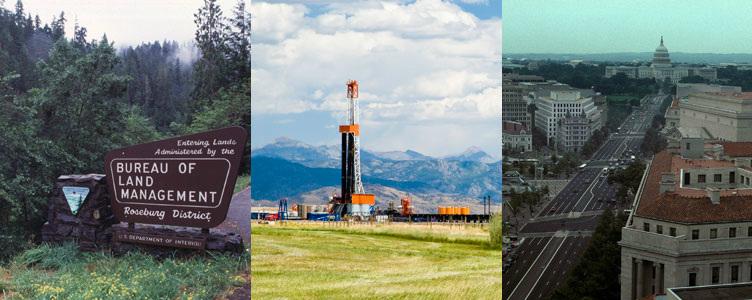Public Land Law: Severance and Private Land Claims
Most lands of the continental United States, with the exception of the original 13 colonies and Texas, were once a part of the federal public domain. Over the years, large portions of these lands were severed from the public domain, by purchase or grant, in a variety of ways including cash sale, homestead, military warrant, state swamp grant, and railroad grant. In such cases, severance can ordinarily be established by examining the Bureau of Land Management records and finding a patent or similar document by which the United States disposed of its interest. In some cases, though, by the time that an area became a part of the United States, interests in certain lands had already been obtained under the authority of a prior sovereign — Spain, France, or Great Britain. Such interests, known as private land claims, were widespread across the Gulf Coast states of Louisiana, Mississippi, Alabama, and Florida. Other claims, with their own separate history based on Mexican or Spanish grants, were found throughout parts of the southwest and the west coast. To address the concerns of the people who were already residing in the various territories when the United States acquired them, the United States agreed that it would recognize those claims for which a sufficient showing of legitimacy could be made. Thus, Congress passed a number of laws establishing standards that claimants had to meet, and procedures that they needed to follow, to have their claims confirmed. Most laws provided for the issuance of patents for most types of confirmed claims. Unlike lands that were severed from the public domain by purchase or grant, however, patents were not required to be issued for private land claims (with certain exceptions) for the claims to be effective, but were merely evidence of the claims’ effectiveness. It was through the confirmation itself — by a board of commissioners or by act of Congress — that the United States disposed of any interest that it might have asserted in the lands covered by a claim. To establish confirmation of a private land claim, four principal sources must be examined: the BLM tract books, which may identify the claimants’ names, claim numbers, and certificate numbers for the particular lands; the official plats of survey in the BLM records, which contain similar information, and which show the location of the claim; the acts of Congress, either authorizing the boards of commissioners to confirm certain types of claims, or confirming claims reported by the commissioners that met certain standards; and the various reports by which the commissioners either confirmed the claims or submitted them to Congress, most of which were published in the early 19th century in a series of volumes called American State Papers (this office possesses both editions of these volumes). If all of this evidence (as well as additional information that may be available) shows the confirmation of a particular claim through an act of Congress, and identifies that claim with the lands in question, then the conclusion will be that — irrespective of whether a patent issued for that claim or not — the United States disposed of any interest that it might have asserted in those lands by the confirmation of that claim.

